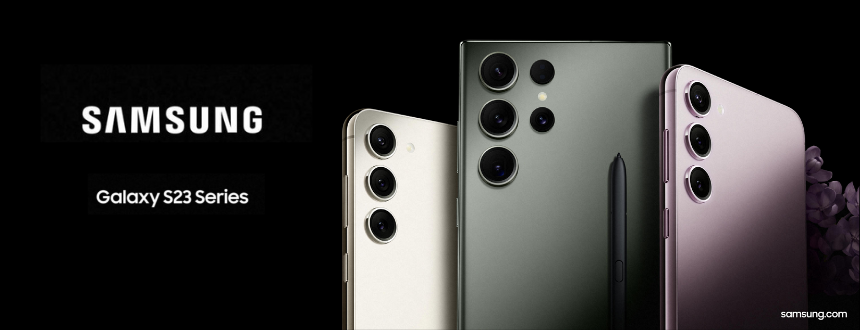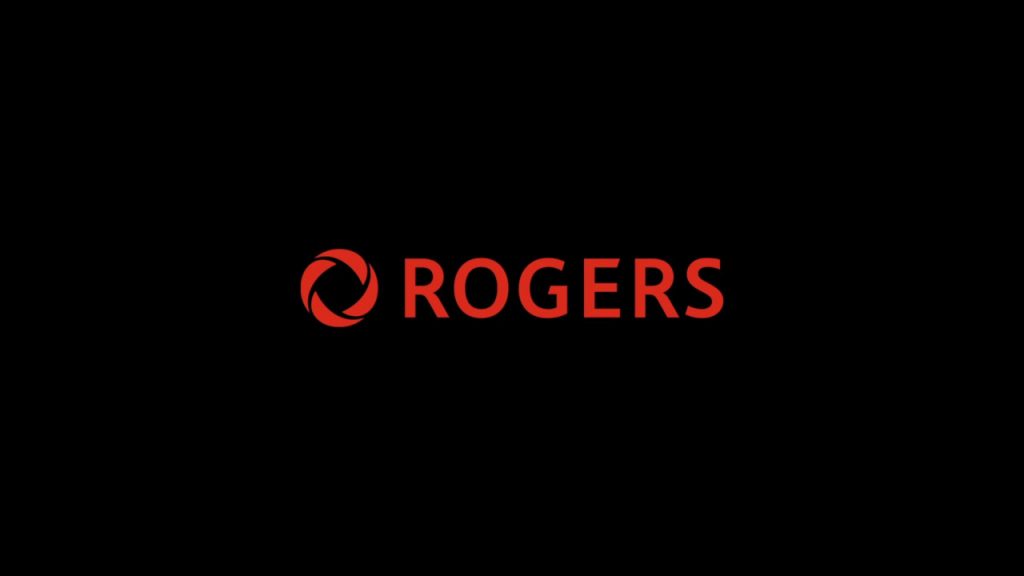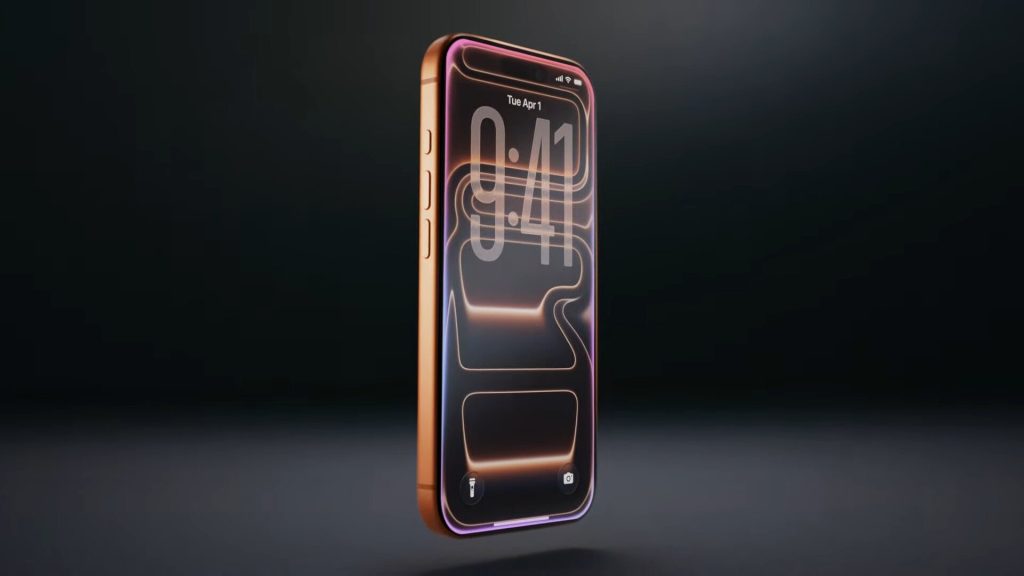(Translation on an original PlanHub article)
One UI, the Galaxy interface, takes up more than 60 GB of storage, almost half of the storage available on 128 GB models. Will you have to choose a higher model?
Image credit: Samsung
While the Galaxy S23 is particularly anticipated, Android Autority’s early tests point to a problem that some users could have done without; the Android 13 interface and operating system uses up to 60GB of storage!
That’s simply enormous and even more so for a cell phone. For comparison, the PC I’m writing this on is running Windows 11 Pro which uses 30.8 GB of space, and we’re talking about an operating system with all its options on a computer infinitely more powerful than a Galaxy S23.
Google and Samsung at fault?
How can an interface and an operating system take up so much space? The explanation lies in the Android terms of use. Every manufacturer who wants to use Google’s operating system is free to do so. Still, there are certain rules that must be followed, including the obligation to install Android and all its applications.
Add Samsung’s applications to that, as well as Microsoft applications such as One Drive or Office that are also pre-installed, as Samsung has an agreement with Microsoft. Users end up stuck with duplicate or even triple applications, such as Samsung’s browser, Microsoft’s Edge and Chrome, there are three cloud backup systems with One Drive and Google, not to mention Samsung’s Knox, or two stores with Google Play and Galaxy Store and so on for many applications. When put together, all these multiple applications take up far too much space and strain the Galaxy’s storage capacity.
Interest at a standstill for the 128GB version?
So much space is not without its problems. First of all, announcing the amount of storage offered makes no sense as a significant part of it is eaten up by One UI. On the other hand, the 128 GB versions lose all their interest with more than half of the theoretically announced space becoming inaccessible. Without the possibility to expand the storage with an SD card, and knowing that users will add their own applications, the 128GB Galaxy S will be sorely lacking in storage space.
Samsung has not yet reacted, but the company is somewhat stuck with Android licenses and its agreements with Microsoft, to which we add Samsung’s desire to also offer its own applications on its phones. Beyond the 128 GB Galaxy S23 whose interest is questioned, the weight of One UI is also penalizing for the other versions, but to a lesser extent. However, the 128GB version allows Samsung to offer a phone in the U.S. under $1,000 and taking it off the market would be a big problem. Fortunately for Samsung, the cost of storage has been dropping for the past few months, which could allow for the launch of Galaxy S24s with at least 256GB of storage space. In the meantime, if the Galaxy S23 seems to be excellent, it’s better to go for the 256 GB version especially if you need storage space for your games, music and videos.





